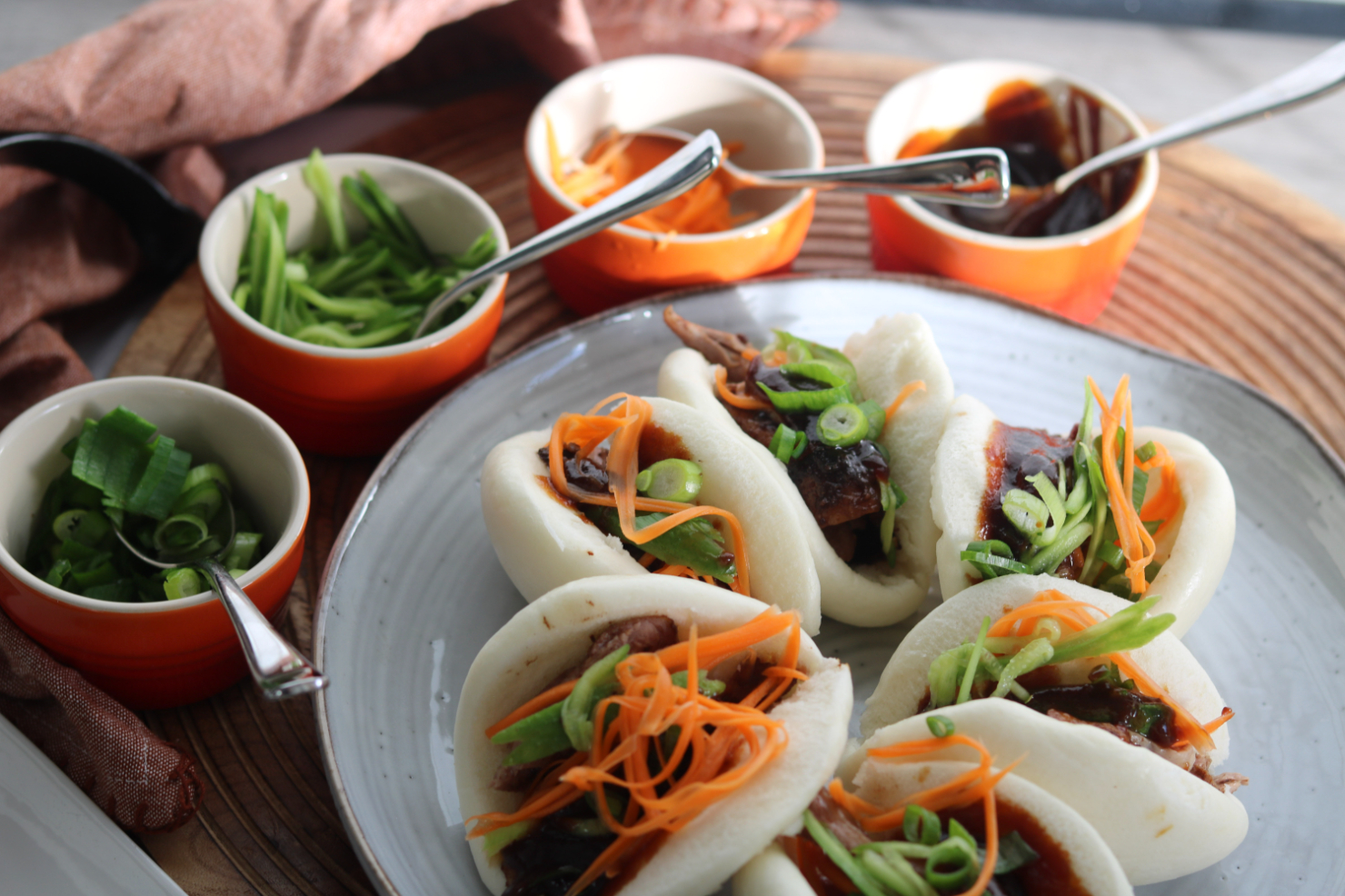
This Peking duck bao is the perfect delicacy to impress at special events!
If you want to take your roasting to the next level, the Scanpan Roast pan with a roasting rack will do just that for you! The difference between a regular roast pan and the Scanpan is the intense heat retention and distribution that radiates from the pressure cast aluminium base. The base along with the titanium made surface cooks food faster and more precisely than ever! Add the cleverly engineered roasting rack into the mix, and proteins are literally cooked from top to bottom to ensure none of the crispy skin roasting potential goes to waste.
I have tried roast chicken, roast pork and peking duck using the Scanpan wire rack insert. The skin of the protein really does get cooked the entire circumference. The heat penetrates from the bottom for an even cook right to the top. The pork crackles the whole way down the sides and the underside of your chicken or duck will be more succulent than ever.
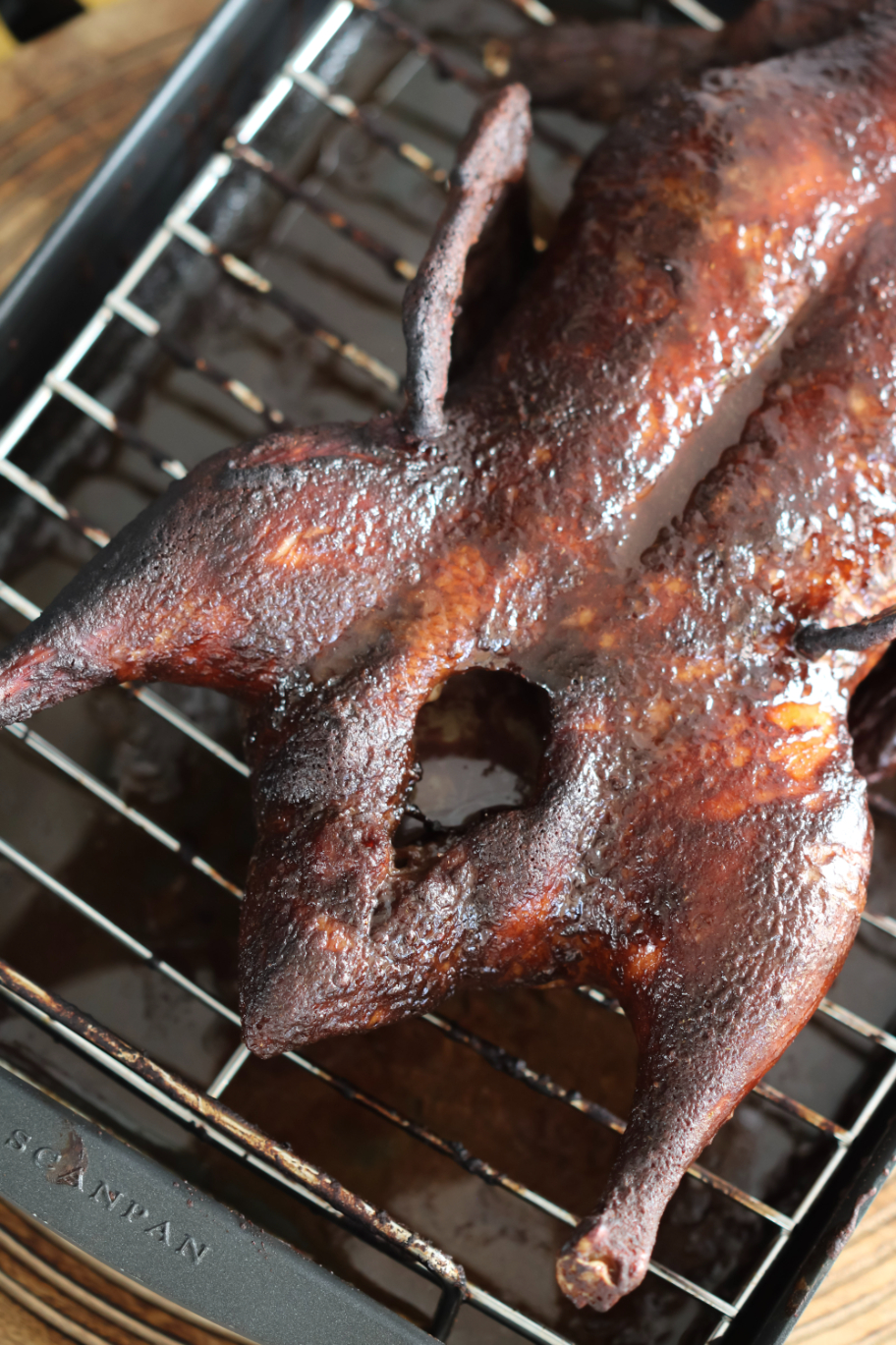
Even without using the roasting rack, the roast pan itself is impressive. The even heat distribution is so strong and accurate that your ingredients will cook much quicker than a regular baking tray. The roasting pan achieves excellent results for potato bake, one tray chicken bakes, roast vegetables, bone broths or slow roasting meats such as pulled lamb shoulder or beef ribs. A low to medium heat is all that is needed to get the roast pan cooking your dinner to perfection every time. Once the roast pan comes to temperature, it really retains the heat.
To demonstrate the abilities of the Scanpan Roasting Rack, it seemed fitting to showcase a peking duck that is beautifully crisp from bottom to top. Peking duck is usually served in pancakes with cucumber and hoisin sauce. The below recipe is for peking duck bao buns with pickled vegetables and hoisin.
Peking duck originates from Beijing where it is basically crispy skin with minimal meat after the intense cooking regime. The cooking of the peking duck is a complex art form for many. The bird is traditionally carved up in front of you in China and in many western Chinese restaurants, this is how it is still served today. This recipe is a homestyle version with still impressive results and a mountain of flavour.
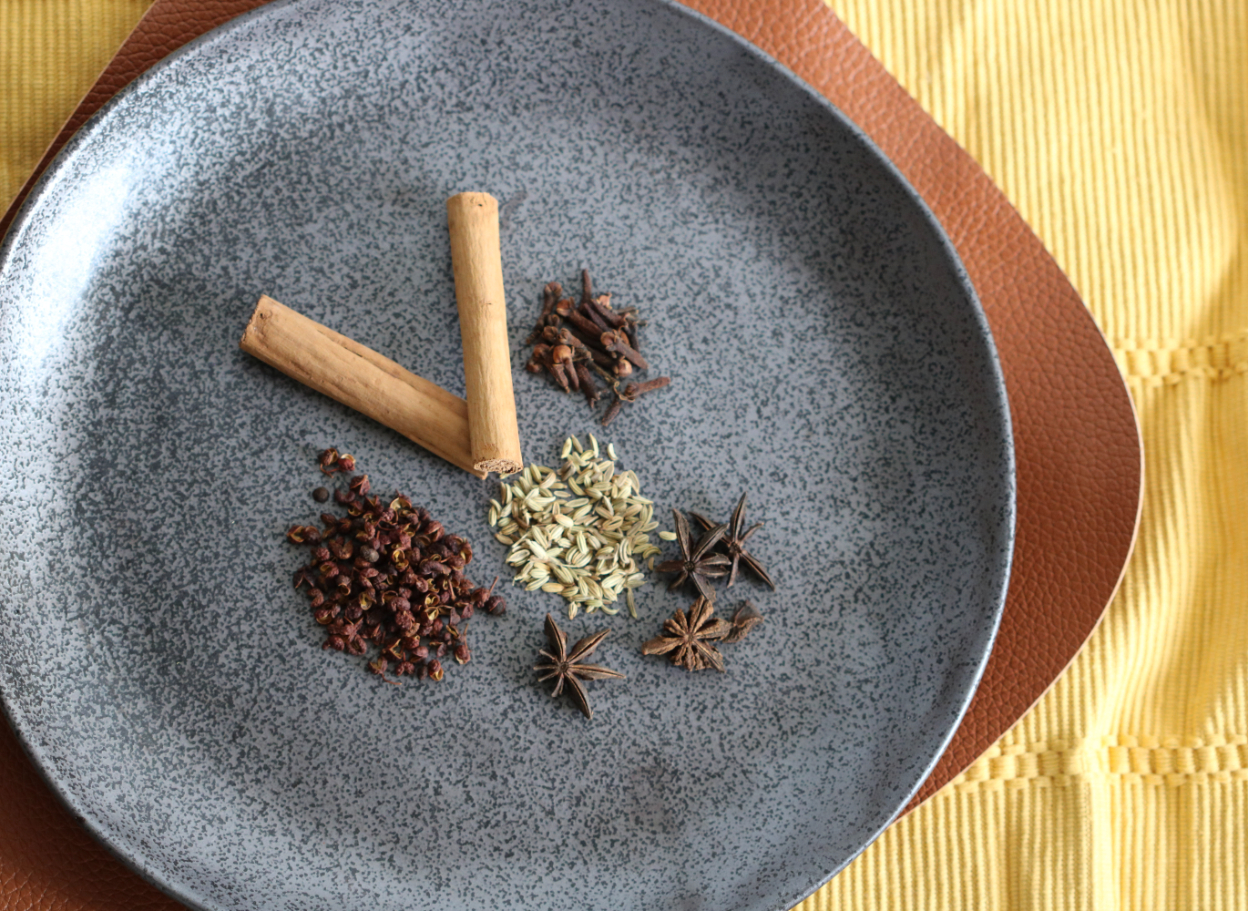
The secret to this recipe's peking duck flavour is the Chinese five spice powder. The powder has a beautiful intense flavour though it is not actually spicy. Rather, the flavour is created using spices. You can buy premixed Chinese five spice powder from Asian grocers and many mainstream supermarkets. The powder consists of at least five spices that are grounded into a fine spice mix. For this recipe of Chinese five spice, I have ground fennel seeds, star anise, cloves, cinnamon and Sichuan peppercorns. Some recipes call for swapping the Sichuan peppercorns for white pepper or ginger instead – either way, it’s delectable!
Peking Duck Bao Recipe
Ingredients
- One whole uncooked duck
- 2.5 tbsp Chinese five spice
- 2 tbsp brown sugar
- ½ cup honey
- 1/3 cup soy sauce
- 2 tbsp rice wine vinegar
- 1 tsp salt
- 10 ready-made bao buns
- 1 cup white vinegar
- 1 cup caster sugar
- 1 cup of water
- 1 large cucumber
- 2 large carrots
- Hoisin sauce and sliced scallions
Method
1. Put your whole duck on an elevated cooking rack over the baking dish and pour over boiling hot water from the kettle to shrink the skin, flip the duck both ways to ensure you cover all its surface area.
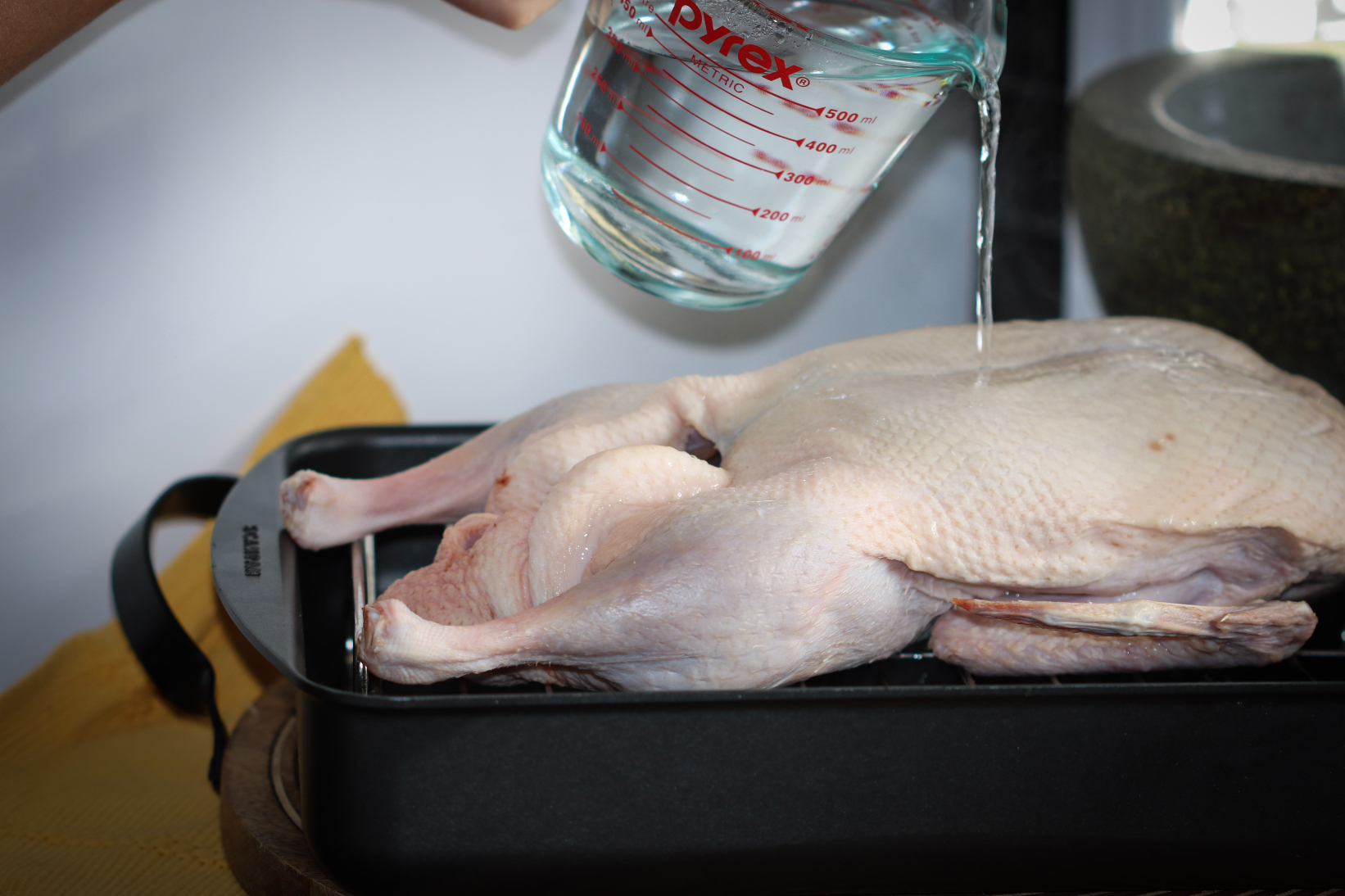
2. Pour out water from the roasting tray and pat the duck dry with paper towel.
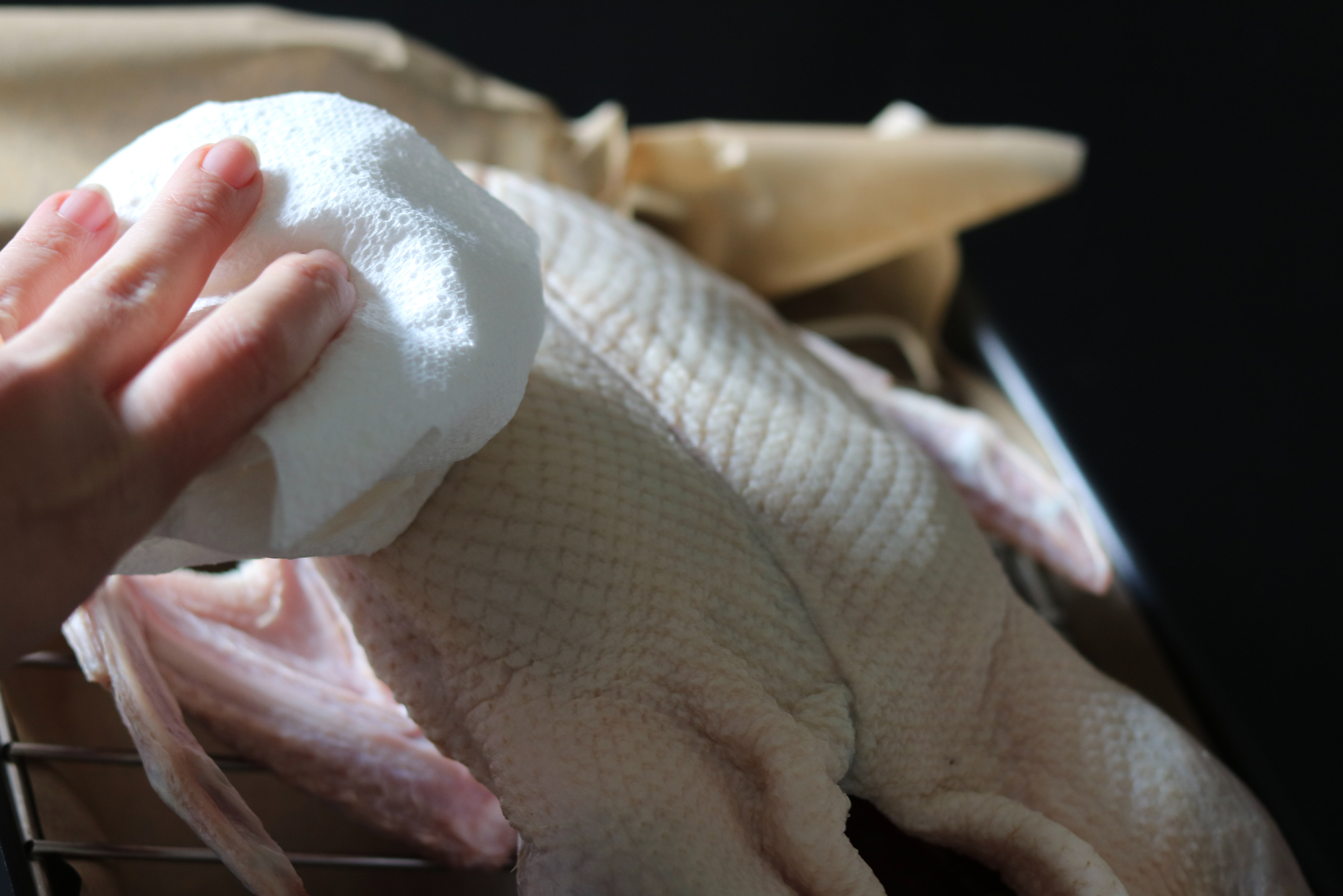
3. In a saucepan, heat the Chinese five spice, brown sugar, honey, soy sauce, rice wine vinegar and salt until the sugar is dissolved and the mixture has thickened into a thick syrup.
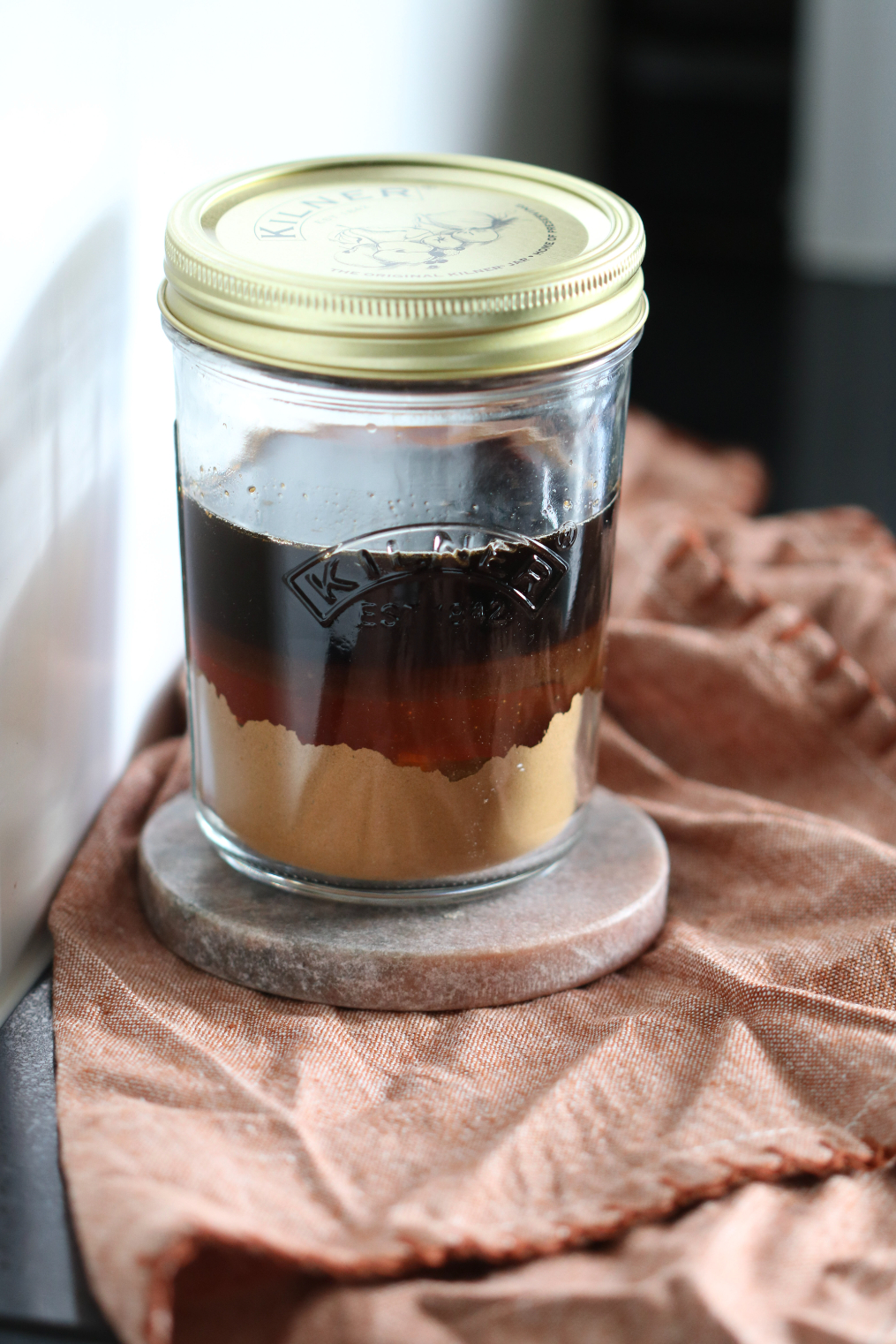
4. Using a pastry brush, cover the duck with a layer of the five-spice syrup.
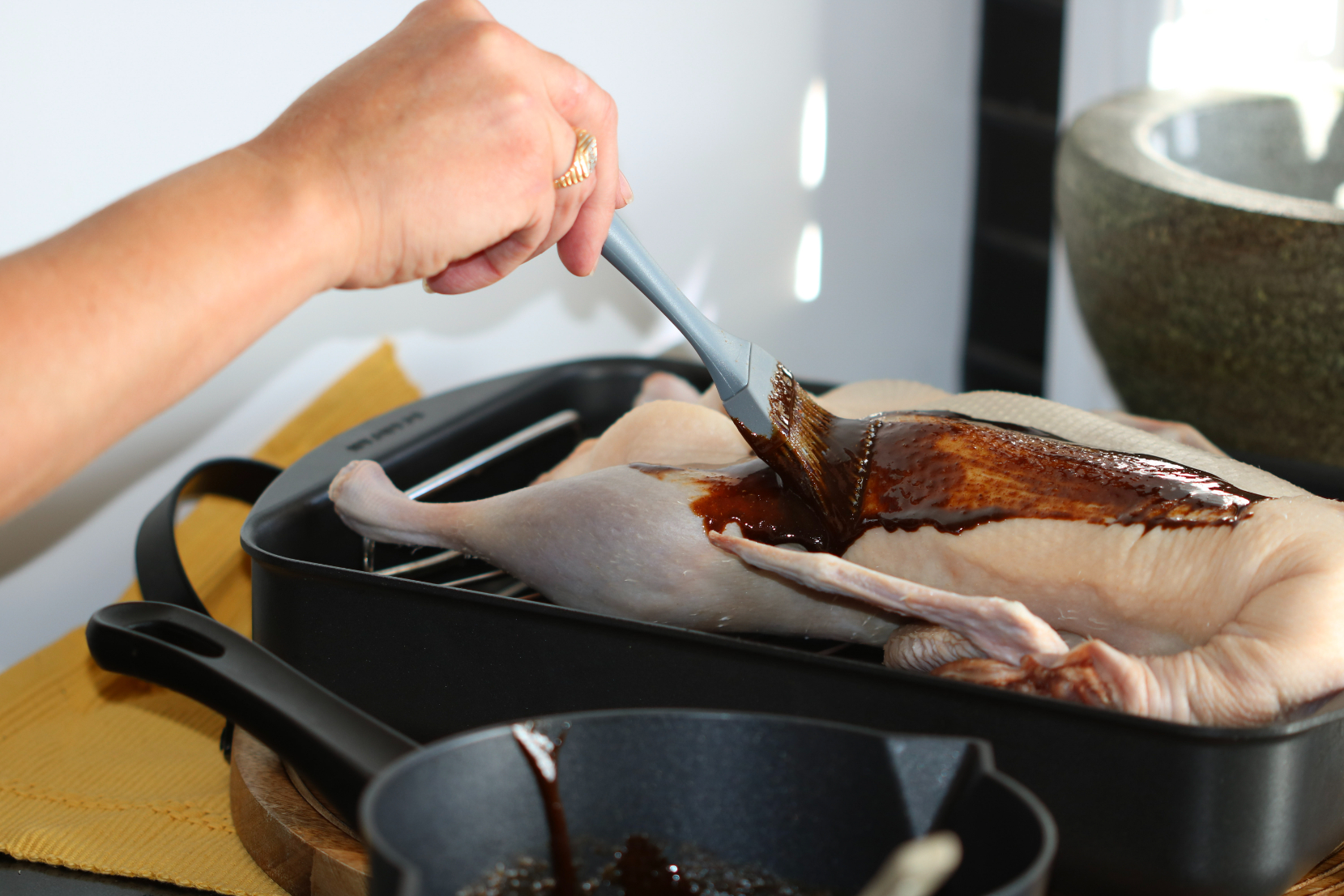
5. Refrigerate the duck overnight to dry it out as much as possible. The skin should look thick and leathery by the next day.
6. Preheat the oven to 200°C.
7. Remove the duck from the fridge 30 minutes before roasting.
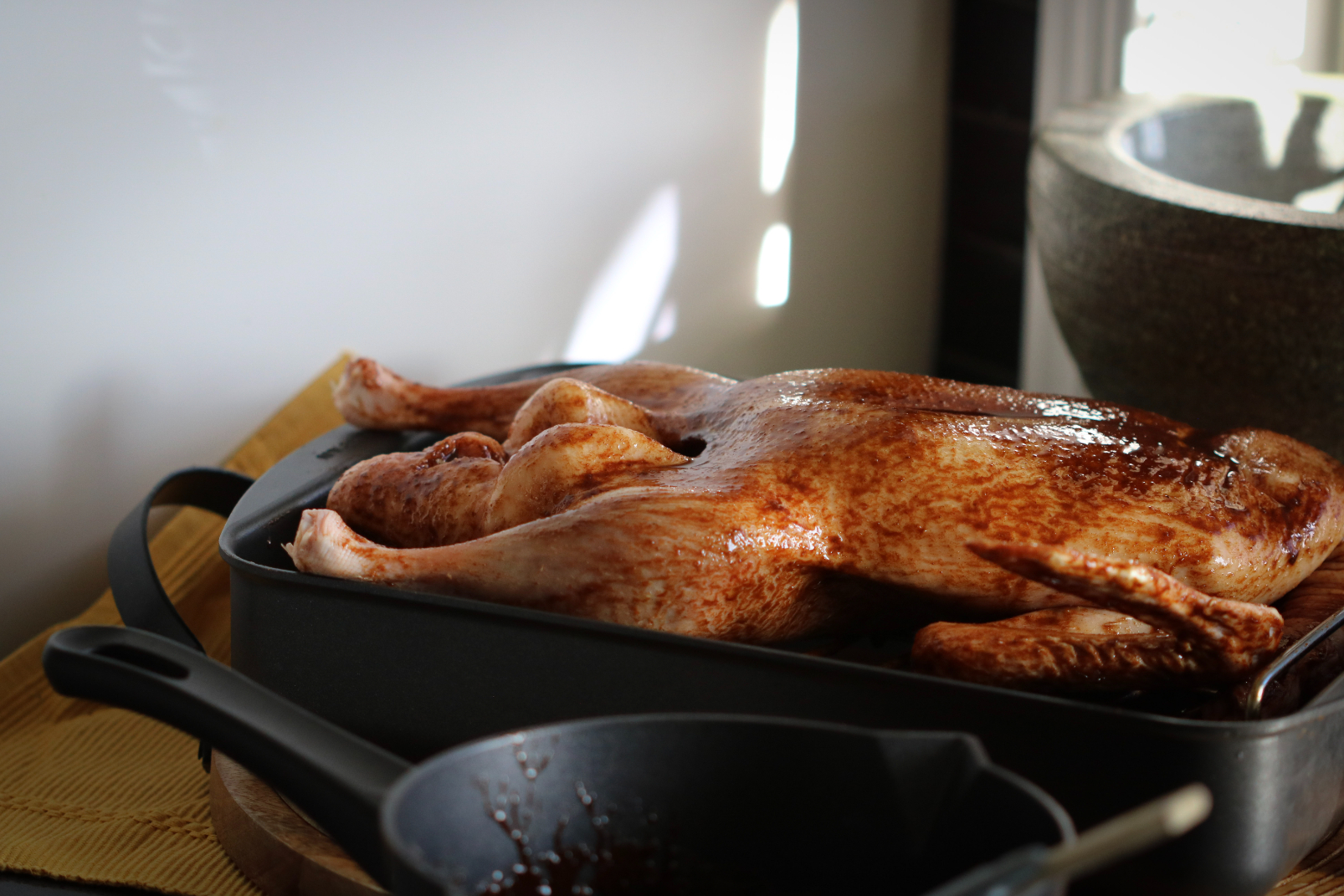
8. Add another layer of the glaze on the duck using your pastry brush.
9. Pour a cup of water into the bottom of the baking dish to prevent the fat from splattering and put your duck on the roasting rack onto the middle shelf of the oven (more water can be added throughout the recipe if it dries up).
10. Cook for 15 minutes then reduce the temperature down to 180°C.
11. Cook for a further 60 minutes, during this time you can optionally wrap the wing tips and drumstick ends with foil to prevent it from burning.
12. Remove from the oven and rest the duck for at least 15 minutes.
13. Carve off the protein using a sharp knife.
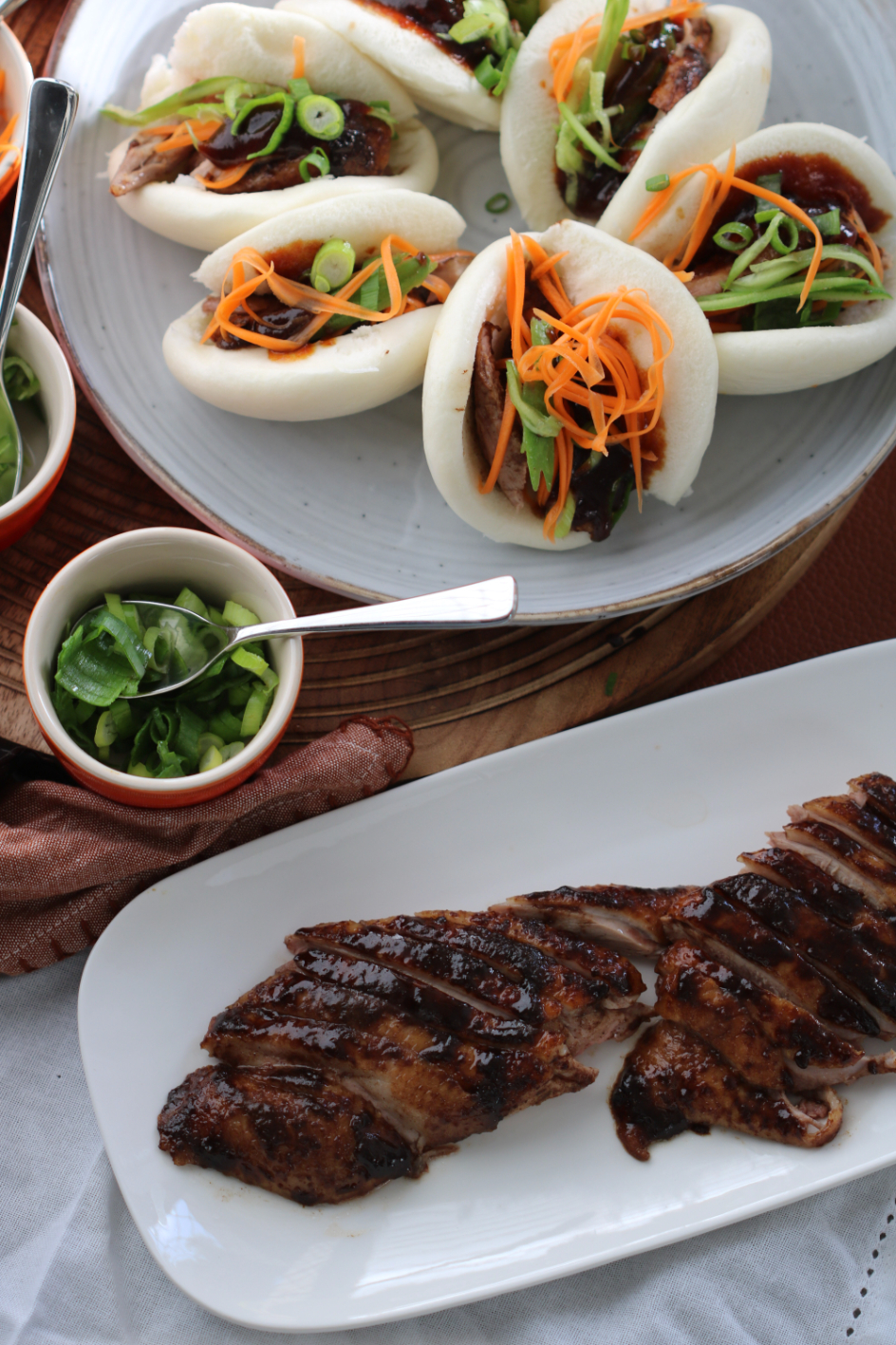
14. For the pickled vegetables, gently simmer the vinegar, sugar and water on the stove top, and cool the mixture in the fridge.
15. Using a julienne peeler or finely slicing yourself, julienne the carrots and cucumber.
16. Place the cucumber and carrot in two separate bowls of pickling liquid to soak for a few hours or up to three days.
17. Strain the pickling liquid from the vegetables when you are ready to use.
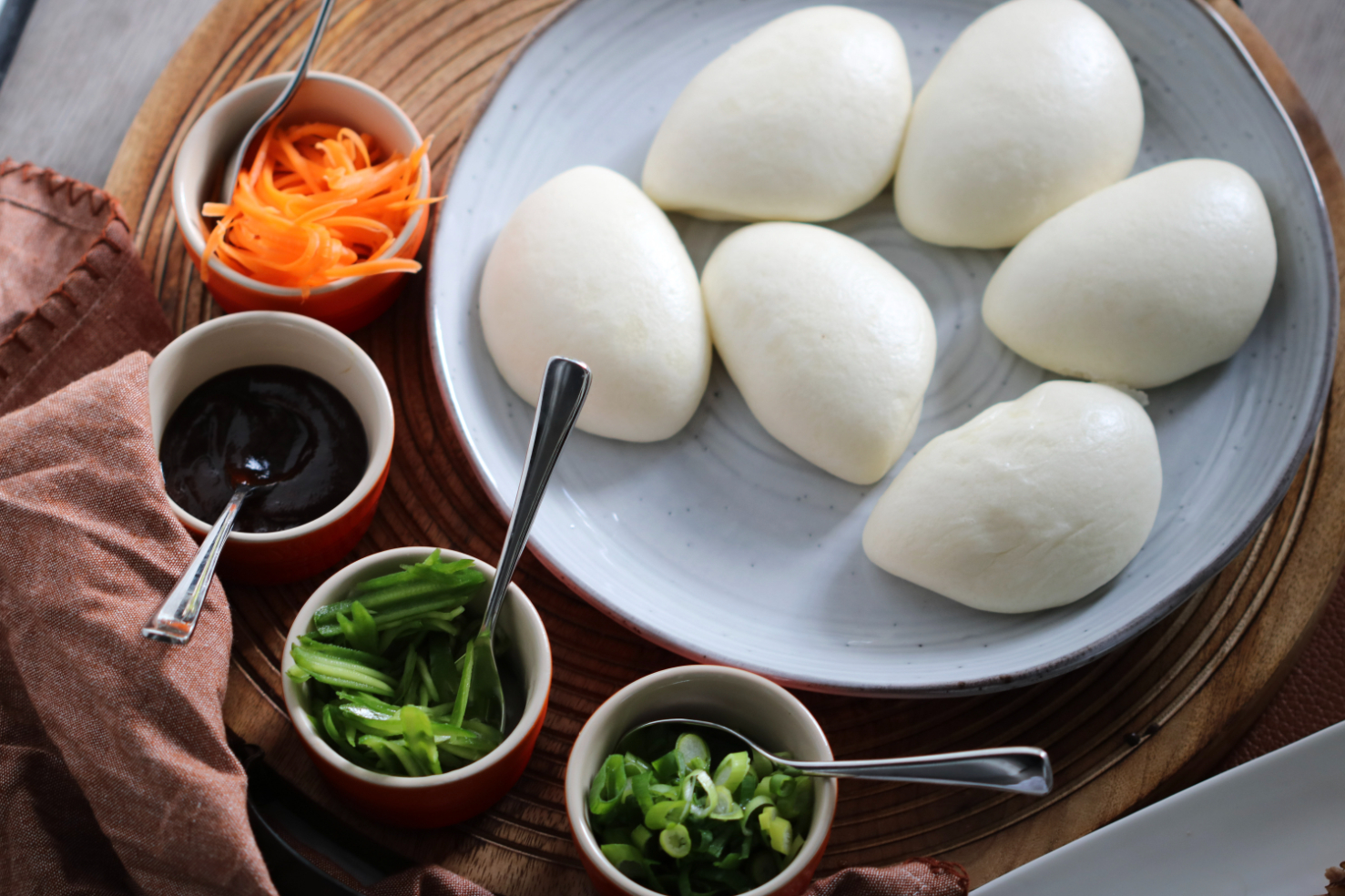
18. Steam the bao buns according to packet instructions and fill with peking five spice duck, julienned vegetables, hoisin sauce and scallions.
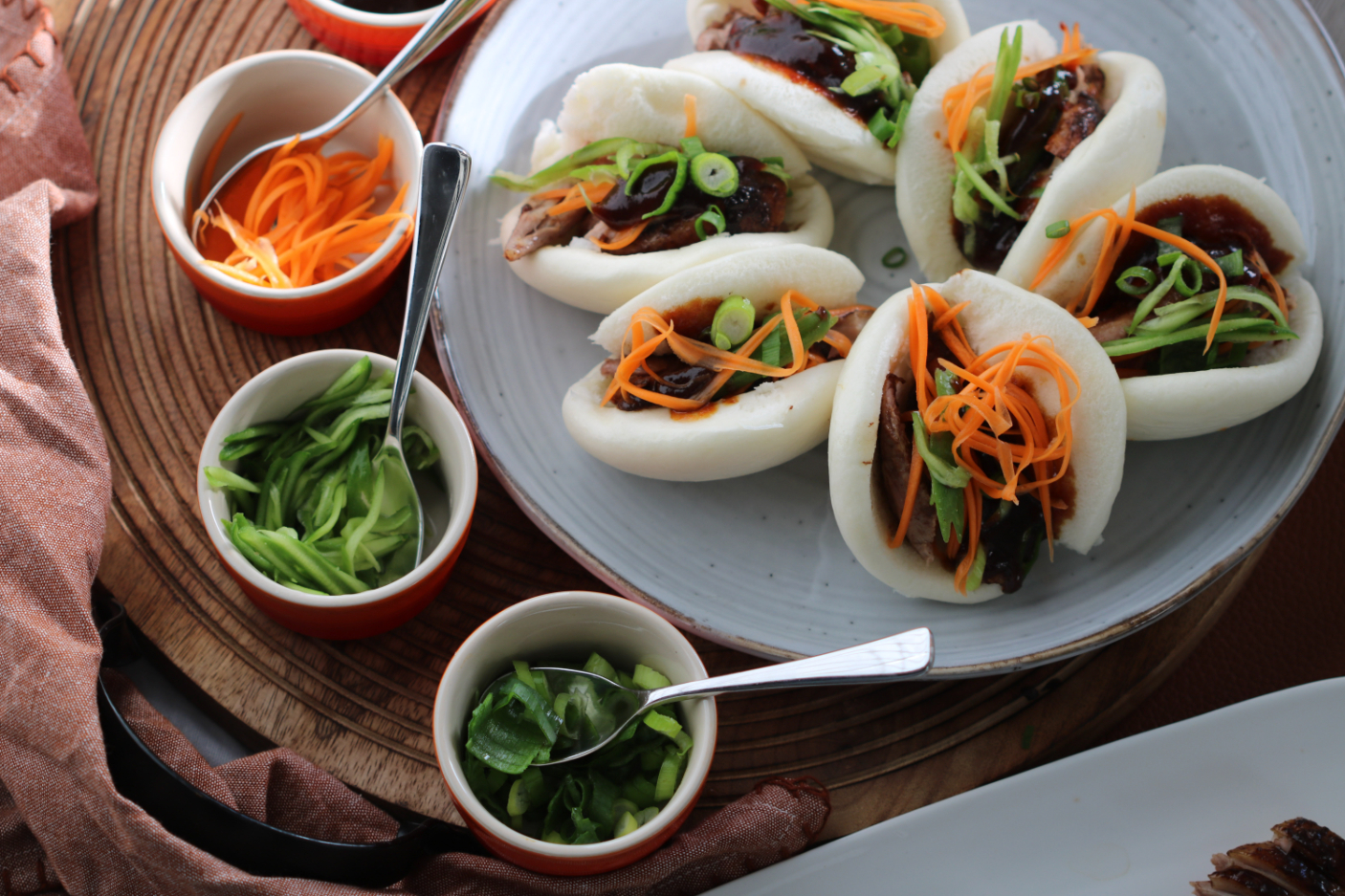
Next Read: Chocolate Parfait
